Exploring the medical theories and experts who influenced John Custis IV
Aequeosalinocalcalinoceraceoaluminosocupreovitriolic
This obscure word is attributed to Edward Strother, a person who greatly influenced John Custis IV’s medical knowledge. As the Archaeology department’s excavation of Custis’s Williamsburg property continues, we’re exploring the Custis commonplace book (CPB), where we see a manifestation of his medical knowledge in 182 remedies that he recorded to treat a variety of pains, sprains, and diseases A commonplace book was used in similar fashion to a journal or notebook.
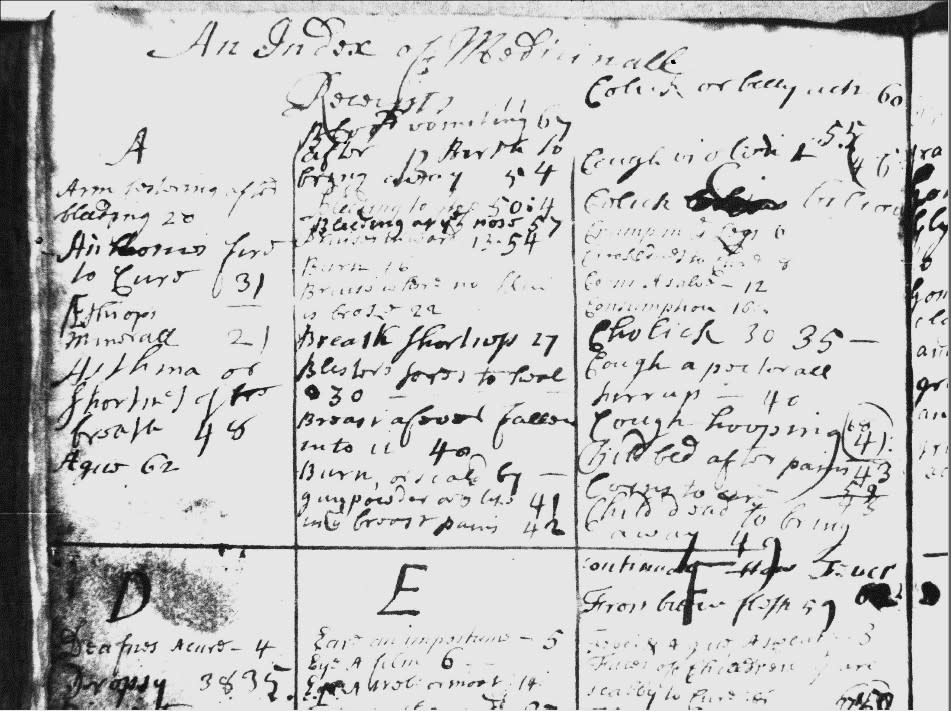
Throughout his CPB, he references a few physicians and medical practitioners whose remedies he copied. Two of these are Dr. John Radcliffe (1650 – 1714) and Edward Strother (1675 – 1737). Radcliffe served 11 years as the “royal physician in ordinary” to William III and Mary II. This fancy title just meant that he was their primary physician and tended to their health on a regular basis.
For an upcoming presentation at the Middle Atlantic Archaeological Conference, I am researching the backgrounds of the people whose remedies Custis copied, with the hope of determining their theoretical approach to understanding how the human body functions and what causes disease and sickness.
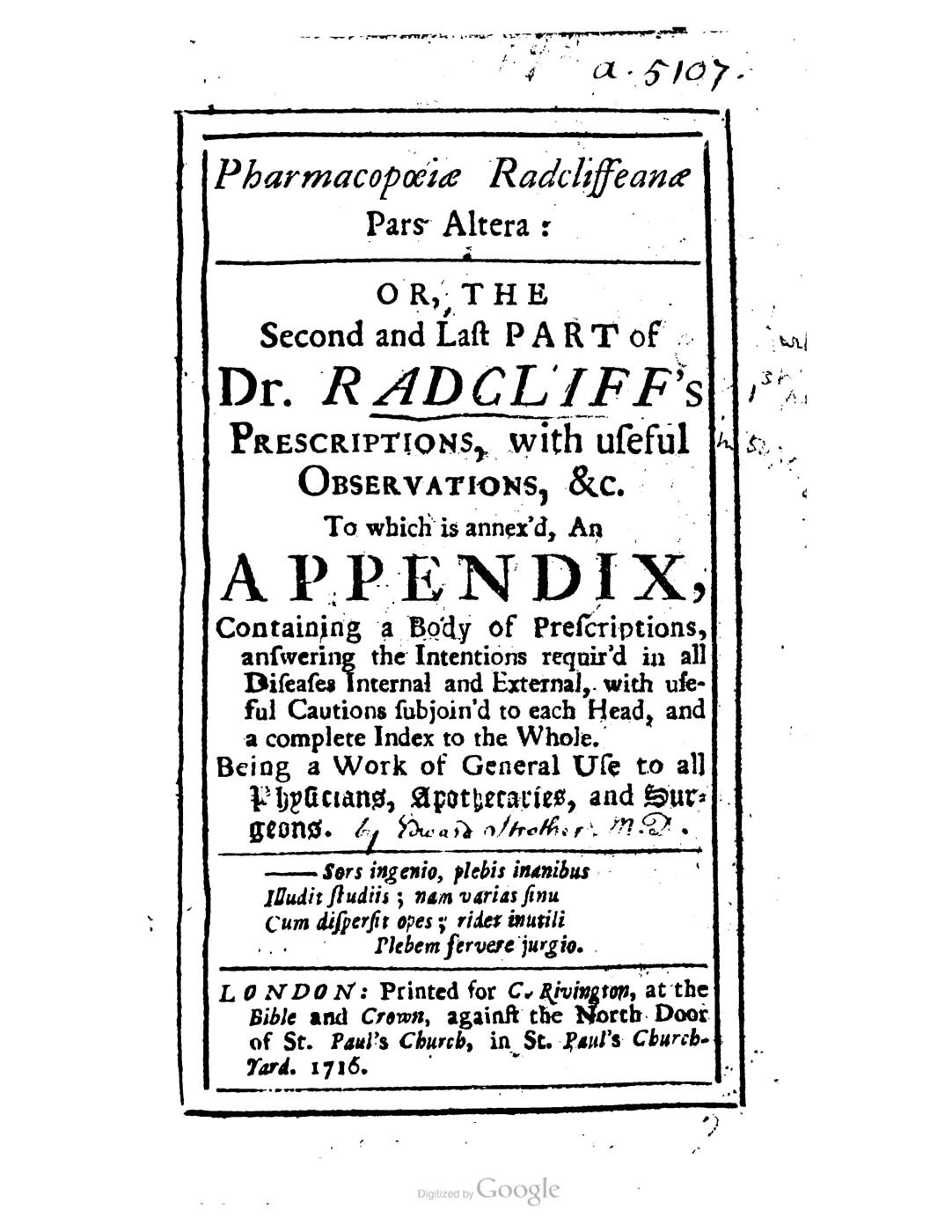
To my knowledge, Radcliffe never wrote or published his own medical texts. However, in 1714, Strother took it upon himself to compile and publish a collection of Radcliffe’s remedies to be used by physicians, apothecaries, and surgeons.
This text, “Pharmacopoeiae Radcliffeanae…” had a second edition published in 1716 which Custis cited 14 times in his CPB, making it his 2nd most frequently copied source.
Since Radcliffe never composed a text of his own, I had to deduce his theoretical approach using only the ingredients in his remedies and the methods he used to treat certain diseases. In order to do this, I also needed to understand the theories and methods used by Strother, so as not to confuse their approaches to medical treatment. But before I got pulled into the vortex of medical theory, I wanted to know when Radcliffe and Strother lived and practiced. I had no problem finding dates associated with Radcliffe, but Strother gave me more of a challenge.
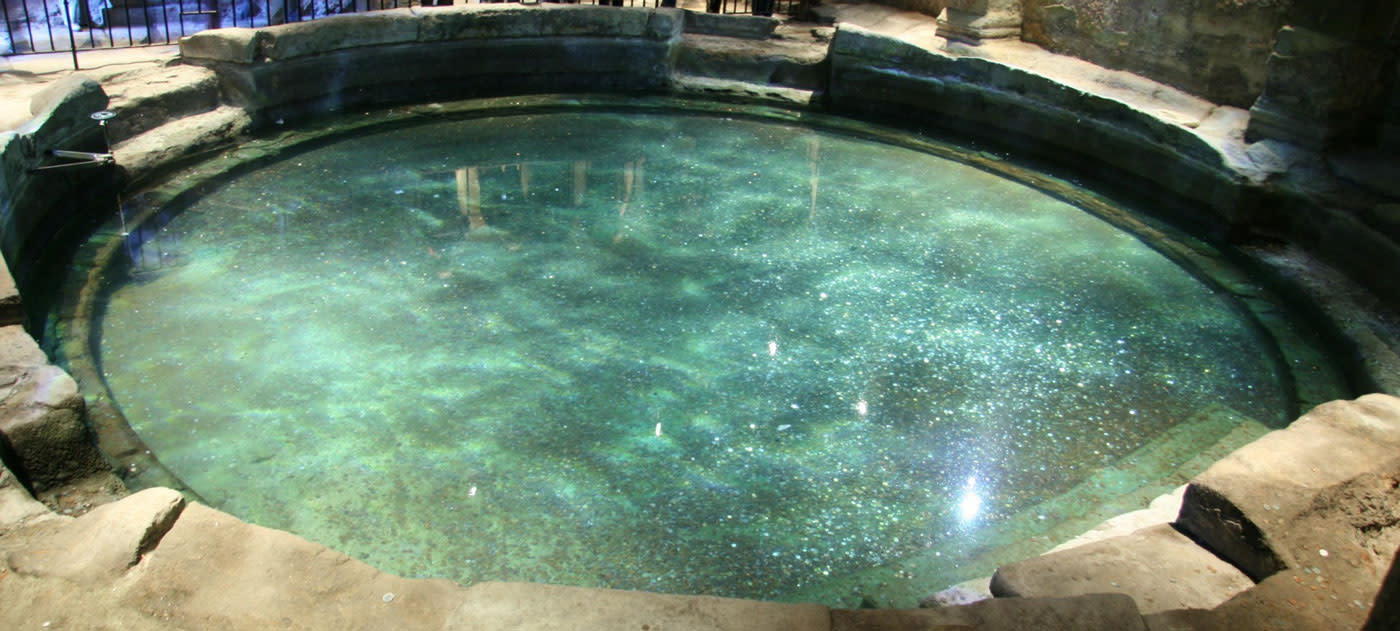
I spent a lot of time searching for a credible source noting Strother’s date of birth to no avail. Ultimately, I resorted to Wikipedia (which is certainly not the most academic source) and I ended up on the wiki page for the longest English words. To my surprise, I learned Strother is credited with creating the term aequeosalinocalcalinoceraceoaluminosocupreovitriolic. He used this 52-letter word to describe the spa waters of the Roman Baths in Bath, England. Broken into its component parts, we can see that the word is composed of 7 Latin words: aequeo (equal), salino (containing salt), calcalino (calcium), ceraceo (waxy), aluminoso (aluminum), cupreo (from copper) and vitriolic (resembling vitriol).
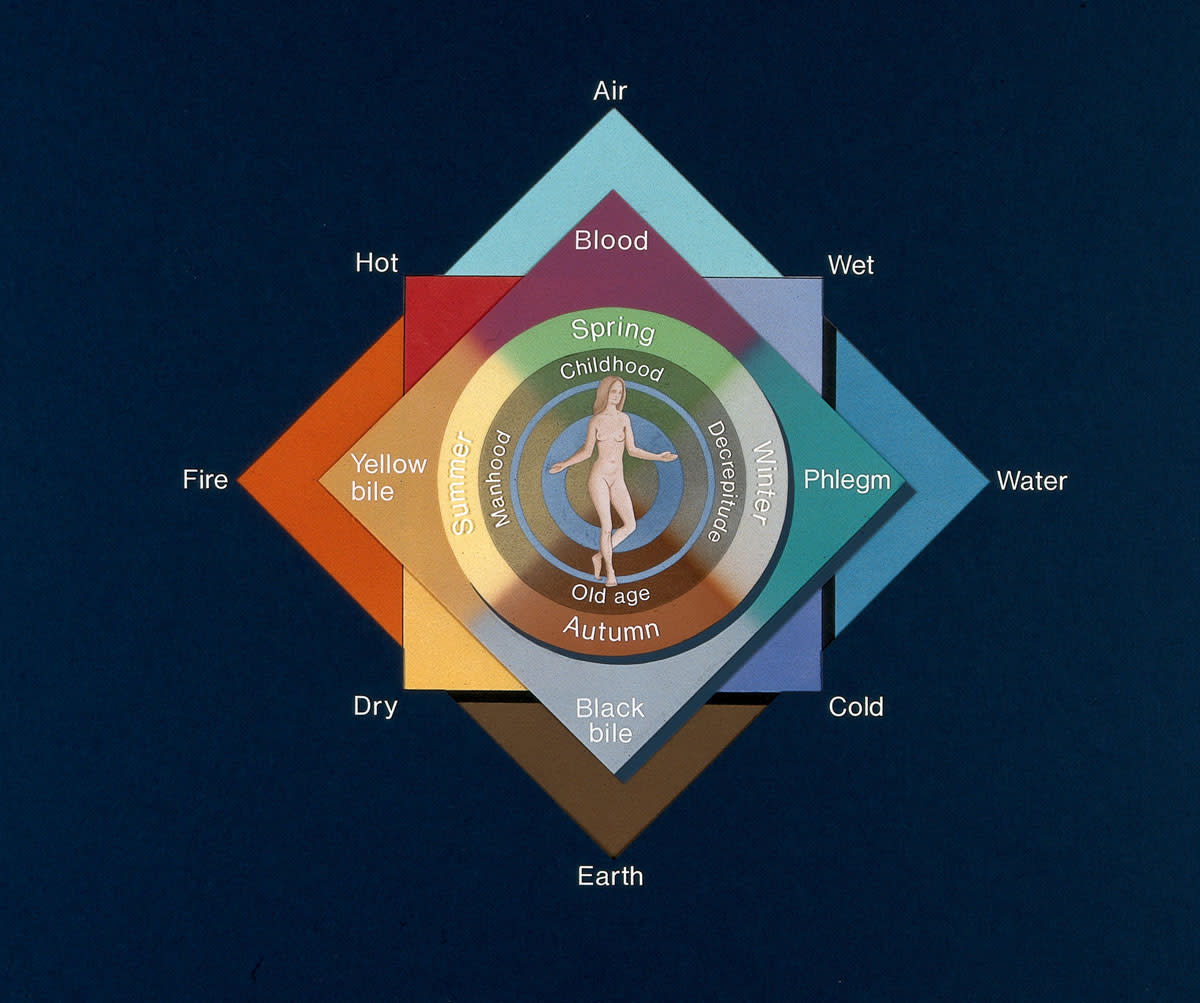
Jumping back to the theoretical approaches, there are three schools of thought we need to look at in order to understand Radcliffe and Strother: humoral theory, pneumatism, and iatrochemistry.
The humoral theory can be traced back to around 300 B.C. with the teachings of Hippocrates. It said that the body contained four liquid “humors” that would cause disease if they became imbalanced. The humors were yellow bile, black bile, phlegm and blood. Each humor had a specific set of properties that were some combination of: fire, water, earth and air; hot or cold; wet or dry. Ingredients used in medicine held sets of properties that corresponded with the humors. Based on the properties, a medical practitioner would know how to cure a disease by using the proper ingredients to rebalance the problematic humor. For example, one would rebalance phlegm (cold and wet) with ingredients that held hot and dry properties. Medicaments heavily focused on botanical ingredients but occasionally included minerals or animal products. This remained the dominant medical theory for centuries until it fizzled out in the 1800s.
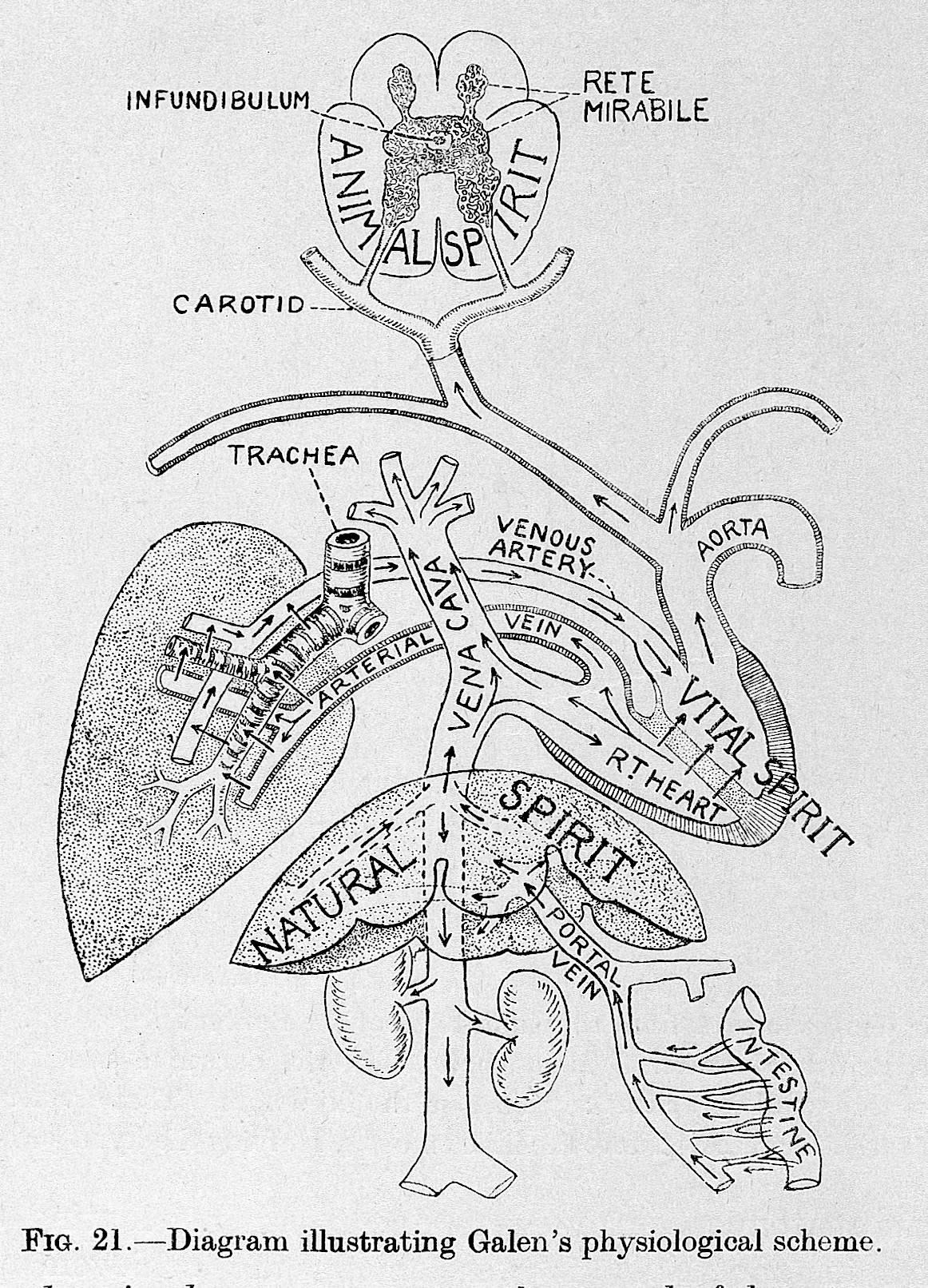
Pneumatism was also systemized around 300 B.C. and borrowed a little from humoral theory. This took on the existence of bodily fluids and added on the existence of vapors, which were thought to be the primary cause of disease. These vapors were split into three types: natural spirits, vital spirits and animal spirits. Natural spirits formed in the liver and moved to the left side of the heart where they would transform into vital spirits. The vitals were then transported around the body through arteries eventually forming the animal spirits in the brain. The animal spirits were thought to account for physical movement and the ability to think. An excess of blood in the arteries would then make it harder for the vital spirits to run their course, thus affecting the animal spirits and finally ending in disease. But in addition to blocked pneuma, pneumatists still saw some truth in disease occurring from imbalanced humors.
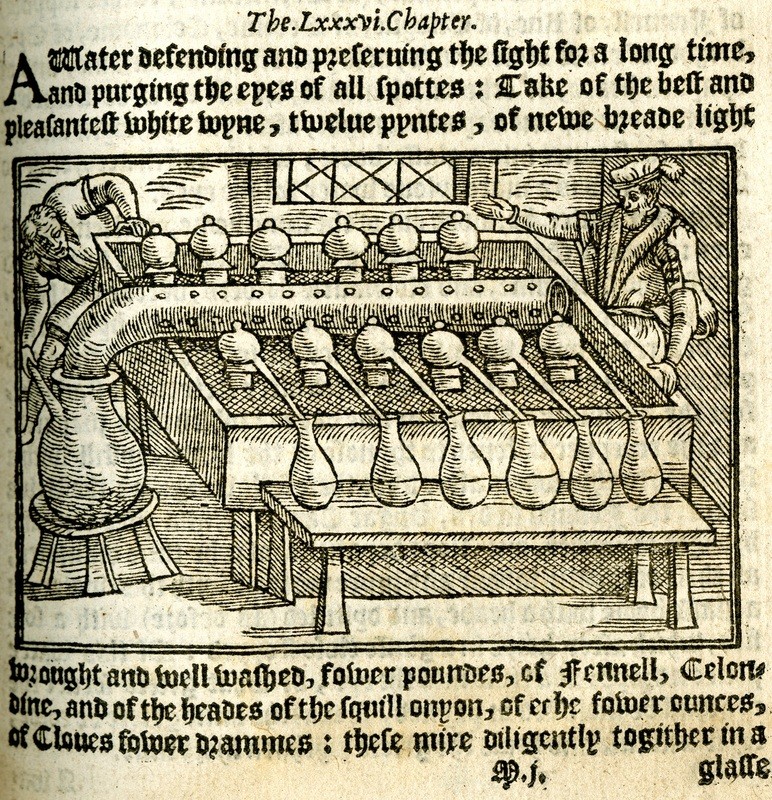
The third school of thought relevant here is iatrochemistry. It was most popular in the 16th and 17th centuries. With roots in alchemy, it sought to interpret medicine and the human body through chemistry. Followers of this thought believed all matter was comprised of the three principles: mercury, sulfur and salt. Therefore, disease occurred when body chemistry was upset, and correct treatment of disease aimed to restore the body’s chemical balance. Like in humoral medicine, iatrochemical treatment was based on which ingredients corresponded with the diseased parts. Although medicaments favored chemical and mineral ingredients, animal products and botanicals were sometimes used as well. Regardless of the ingredient, all materials were believed to have pure and impure parts; the pure part being useful in medicine. In order to be usable, the ingredient would have to be chemically treated. This treatment was usually distillation, intended to extract the pure parts.
Now to tie all of the theories together! It’s possible that Radcliffe favored humoral medicaments, as his instructions for remedies use mostly botanical ingredients. His remedies are all we can go off since his original thoughts were not recorded. However, Strother offers his own commentary explaining why these remedies work. Throughout the text he mentions spirits and humors, allowing me to place him as a follower of pneumatism. But when I came across his 52-letter word, I realized it could also be used to describe the nature of some of Custis’s remedies that lean towards iatrochemical thought.
To refresh your memory, that word is made of these 7 Latin words: aequeo (equal), salino (containing salt), calcalino (calcium), ceraceo (waxy), aluminoso (aluminum), cupreo (from copper) and vitriolic (resembling vitriol). Salts, various forms of calcium, waxy substances, aluminum and vitriol are all ingredients frequently seen in the CPB. I had previously categorized the CPB ingredients, and mineral ingredients make up the third largest category, with botanicals and compounds being the top two. Exactly two thirds (46 out of 69) of the ingredients that fall into the mineral category are a salt, metal or some form of calcium. Sal peter, sal ammoniac, allum, quicksilver, red lead, iron filings, oyster shell, pearl, red coral and deer antler are just a few examples.
All in all, Strother’s book, and the discovery of his record-holding word made for a great example of three of the important medical theories in the 18th century, all of which we see in the Custis CPB. And while my search for Strother’s birth date took a seemingly irrelevant turn, I ended up with a new adjective to use when describing some of the CPB remedies…that is if I dare try my hand, or tongue, at pronouncing it!
Emily Zimmerman is an archaeological lab technician who is processing and analyzing artifacts from Custis Square. She loves any artifact that she comes across and is enjoying researching artifacts related to John Custis and medicinal practices of the 18th century.